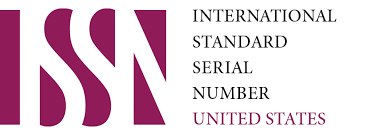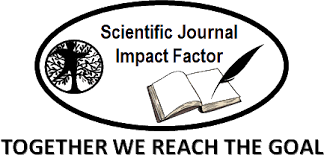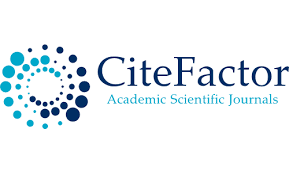Effectiveness of Mobile Apps in Second Language Acquisition
Keywords:
Mobile Apps, platforms, digital toolAbstract
This article explores the effectiveness of mobile applications in second language acquisition (SLA) in the context of modern technological advancements. With the growing demand for learning foreign languages, mobile apps such as Duolingo, Memrise, Babbel, and Rosetta Stone have become valuable tools for learners worldwide. The study highlights key advantages of these apps, including their flexibility, accessibility, personalized learning features, and interactive nature. It also discusses how mobile apps support the development of all four language skills—listening, speaking, reading, and writing—and assist learners in preparing for international exams like IELTS. Furthermore, the paper refers to educational theories such as Krashen’s Input Hypothesis and Vygotsky’s ZPD to explain the pedagogical effectiveness of these tools. Social and collaborative aspects of language learning apps are also examined, emphasizing real-time communication with other learners. While acknowledging some , the paper concludes that mobile applications are essential supplements in language learning, especially in today’s digital age .
References
Vygotsky, L. S. (1978). Mind in Society: The Development of Higher Psychological Processes.
Godwin-Jones, R. (2011). “Emerging Technologies: Mobile Apps for Language Learning.”
Language Learning & Technology, 15(2), 2–11.
Burston, J. (2014). “The Reality of MALL: Still on the Fringes.” CALICO Journal, 31(1), 103–125.
1. Krashen, S. D. (1985). The Input Hypothesis: Issues and Implications.
Downloads
Published
Issue
Section
License

This work is licensed under a Creative Commons Attribution-NonCommercial 4.0 International License.
User Rights
Under the Creative Commons Attribution-NonCommercial 4.0 International (CC-BY-NC), the author (s) and users are free to share (copy, distribute and transmit the contribution).
Rights of Authors
Authors retain the following rights:
1. Copyright and other proprietary rights relating to the article, such as patent rights,
2. the right to use the substance of the article in future works, including lectures and books,
3. the right to reproduce the article for own purposes, provided the copies are not offered for sale,
4. the right to self-archive the article.












